
Why Do Fish Sellers Often Use Black Plastic Bags? A Simple Trick Few People Notice
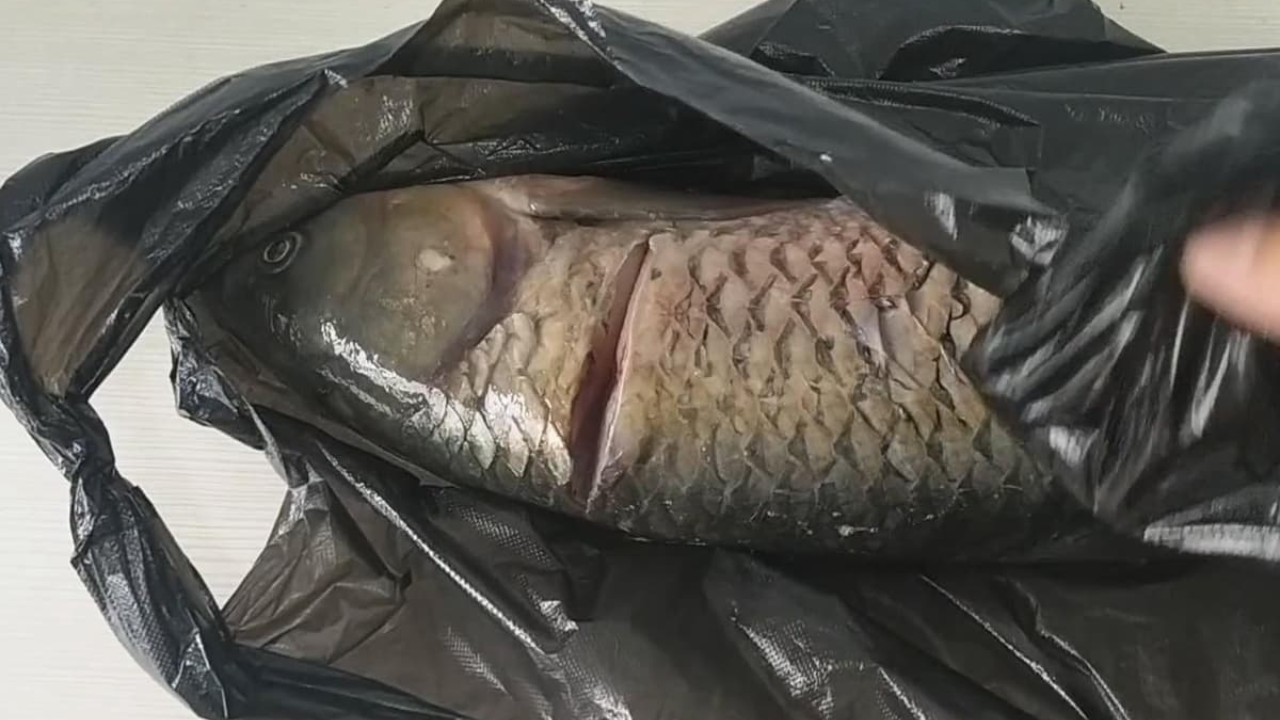
Have you ever noticed that when you buy fish at the market, sellers almost always pack it in a black plastic bag? It might seem like a small detail, but there are actually several practical—and even psychological—reasons behind this choice.
1. To Hide the Mess and Maintain a Clean Appearance
The first and most obvious reason is aesthetic and hygienic. When fish are freshly cleaned or cut, they often have traces of blood, scales, or internal organs that can make the package look unappealing. The dark color of the black plastic bag conceals what’s inside, preventing customers (and passersby) from seeing the messy contents.
This not only helps avoid feelings of discomfort but also gives a cleaner and more professional appearance to the stall. In a busy wet market where cleanliness matters to buyers, perception is everything.
2. Black Bags Are Thicker and More Durable
Another practical reason is cost efficiency. Black plastic bags are typically made from recycled materials, making them cheaper to produce but also stronger and thicker than the thin transparent bags used for fruits or vegetables.
When packaging fish—especially those with sharp fins or containing liquid—these sturdy bags prevent leaks and tears. Sellers usually only need one bag instead of double-layering multiple thin ones, which saves both money and time. It’s a simple but clever business decision.
3. Enhancing the Fish’s Visual Appeal
Interestingly, the color contrast between the shiny black bag and the silvery or colorful fish makes the fish appear fresher and more vibrant. For example, fish with bright red fins, yellow tails, or shimmering scales tend to stand out beautifully against the dark background.
This subtle visual trick can influence customers subconsciously—what looks more appealing is often perceived as fresher and tastier.
4. Other Practical and Environmental Reasons
Black plastic bags are often made from recycled plastic, which helps reduce waste and gives them a second life. Although plastic waste remains a major environmental issue, reusing black recycled bags is still a small step toward sustainability.
Moreover, these bags block sunlight, slowing down the oxidation process that can affect the fish’s freshness when exposed to light. This helps the fish maintain its color and texture for a longer period, especially under market conditions.
How to Choose Fresh Fish Like a Pro
While we’re talking about fish, let’s review a few simple ways to identify fresh, good-quality fish when you go to the market:
🐟 Eyes
Fresh fish have bright, clear, and slightly bulging eyes. If the eyes look dull, cloudy, or sunken, it’s a sign the fish is no longer fresh.
🐟 Flesh
Press gently on the fish’s body. If the flesh springs back immediately, the fish is fresh. If it leaves a dent or feels mushy, it means the fish has been dead for a while and is starting to spoil.
🐟 Gills
Look under the gill covers. Fresh fish have red or pink gills—a clear sign of oxygen-rich blood and freshness. Dark brown or grayish gills indicate the fish has gone bad.
🐟 Skin and Scales
A fresh fish will have tight, shiny scales and smooth skin without spots or blemishes. Dull skin or scales that peel off easily are warning signs of staleness.
Final Thoughts
So next time you visit the market, don’t be surprised when your fish is handed to you in a black plastic bag. Behind that simple choice is a mix of practicality, hygiene, psychology, and tradition. It keeps the product looking clean, helps sellers save on costs, and even makes the fish seem fresher to the buyer.
A simple black bag—yet full of clever reasoning! 🐠🖤
News in the same category

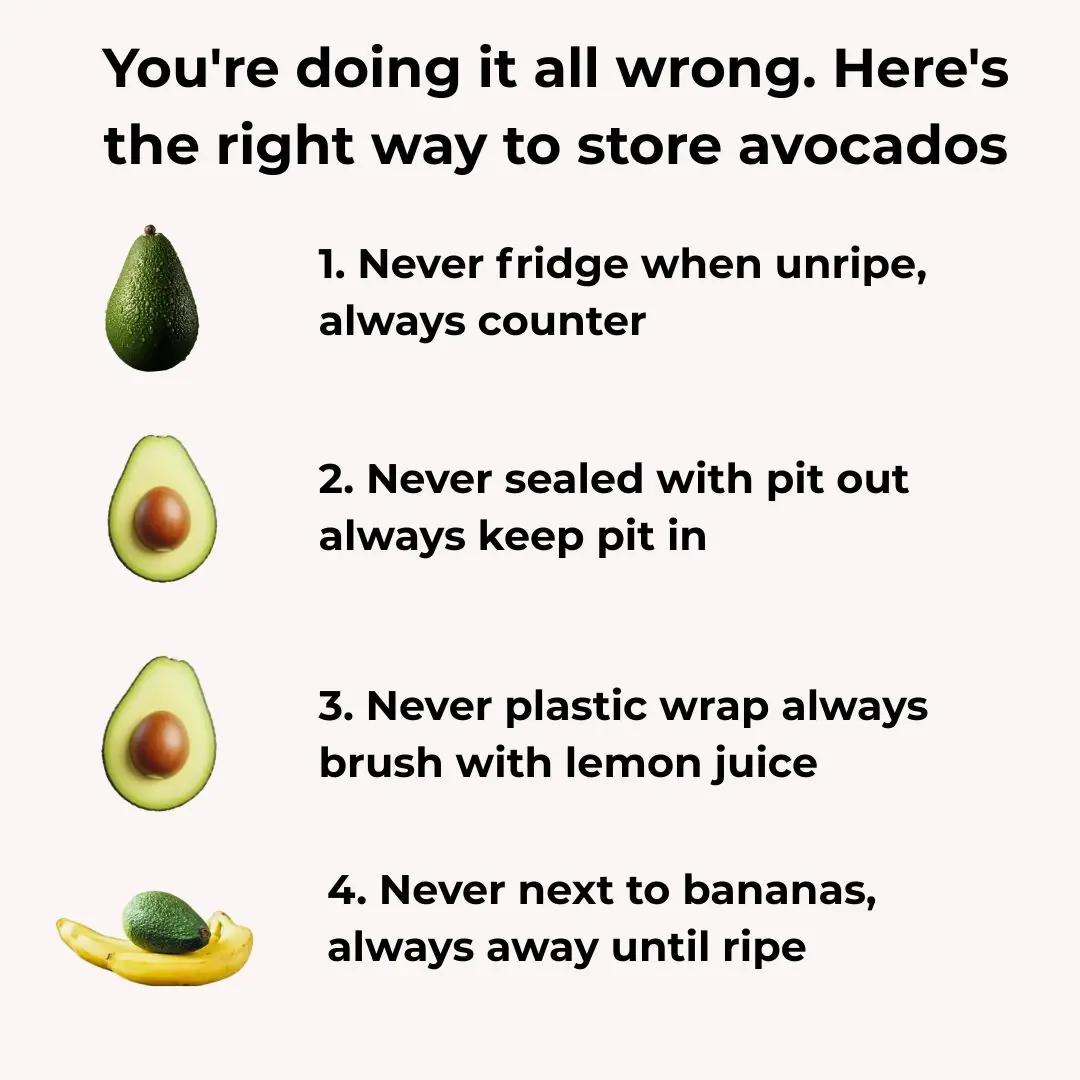
You're doing it all wrong. Here’s the right way to store avocados

8 reasons why adding baking soda to your toilet tank is a must-do trick
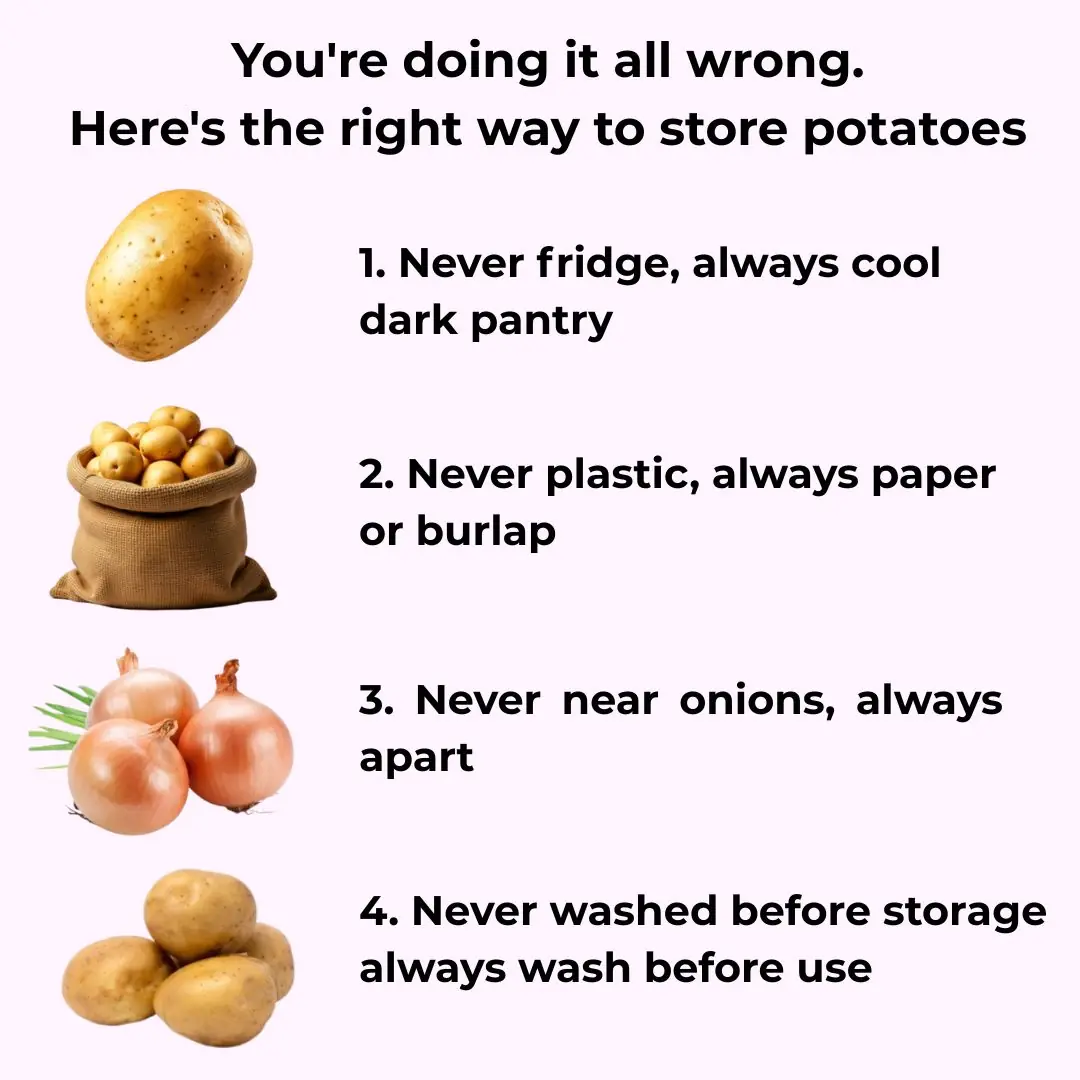
You're doing it all wrong. Here’s the right way to store potatoes

Washing machine stays clean all year without scrubbing thanks to a common household liquid, saving millions every year 👇👇

Aster flowers, the 'miracle cure' hidden in roadside wild plants

A miracle will happen when you place a handful of pepper under your bed, too bad I just found out 👇👇👇

Don't boil chicken with salt and plain water, or it will turn out fishy and reddish. Try this method for golden skin and sweet meat.

Don't throw away tea that's been left overnight: It has up to 5 amazing uses that everyone will love

Should You Place a Fan Close to or Far from the Bed While Sleeping? Many Homes Are Doing It Wrong

Simple, Cost-Free Ways to Fix Moldy or Peeling Walls — Easy Solutions for Every Home
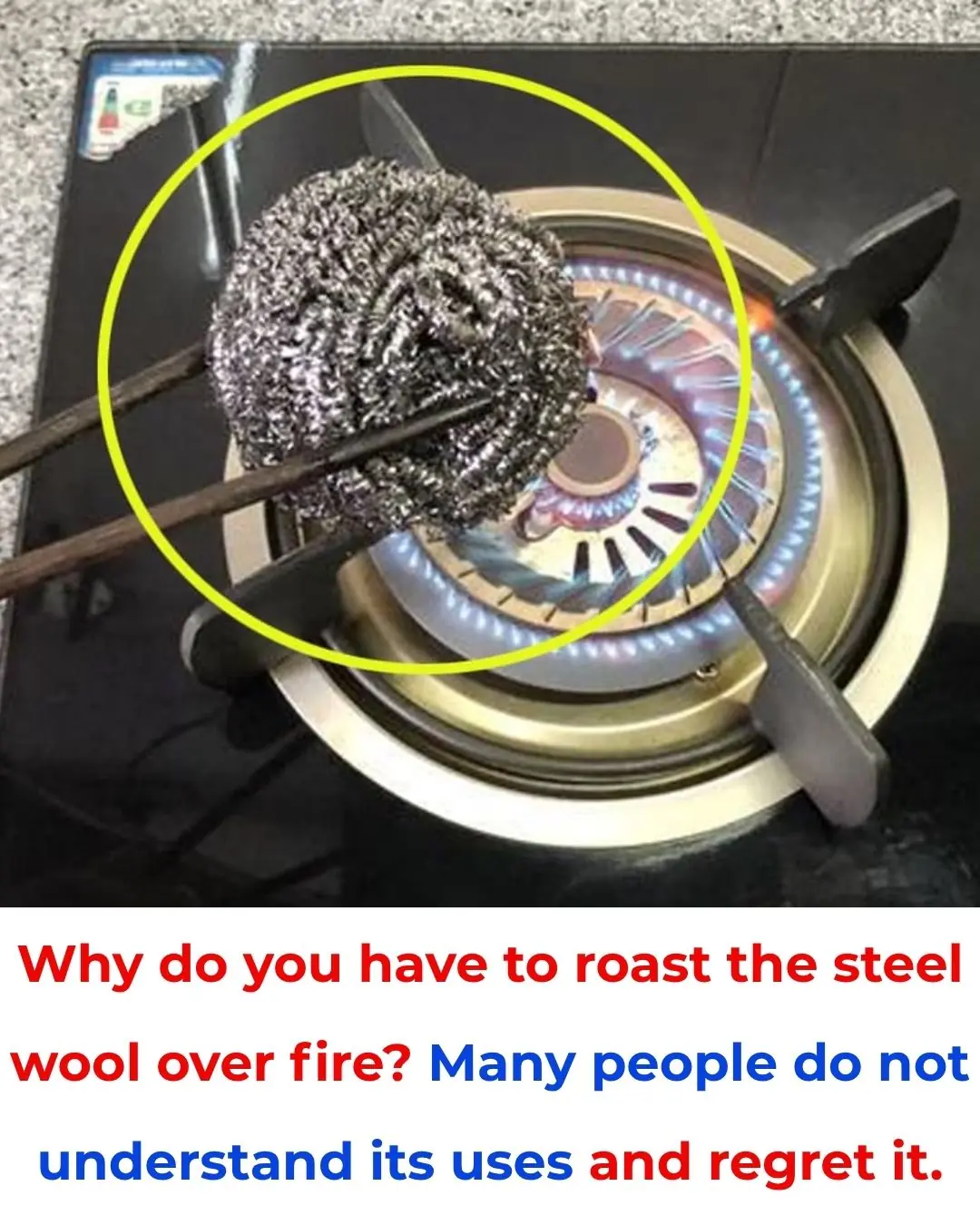
Why Do We Burn Steel Scrub Pads Over Fire? Many People Don’t Know This Useful Trick
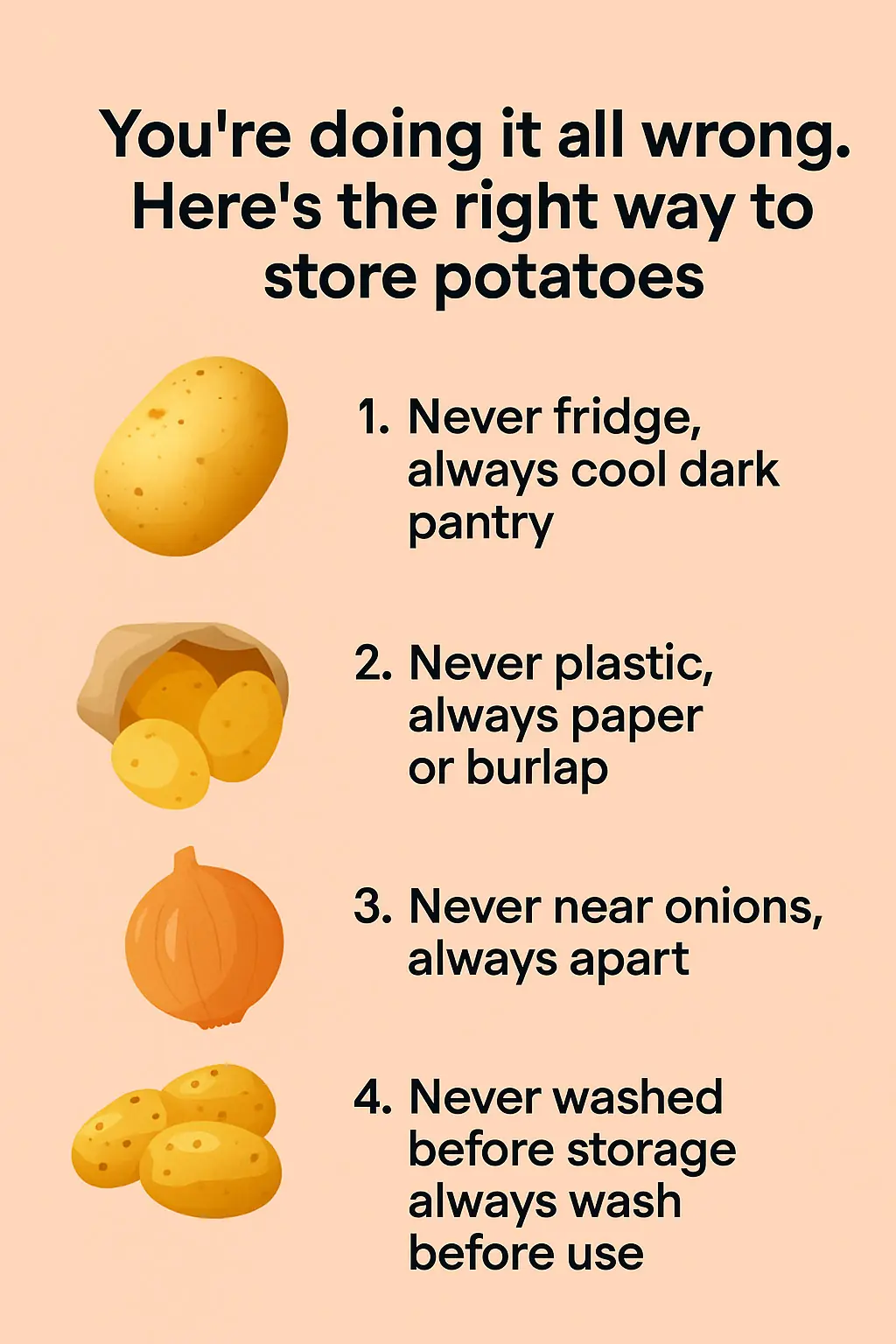
You're doing it all wrong. Here’s the right way to store potatoes

You're doing it all wrong. Here’s the right way to store tomatoes

Preserving eggs without a refrigerator, using this method, the eggs will stay fresh for a whole month

Shrimp injected with impurities is easy to distinguish: Smart people will see this point

Tips for cleaning an air fryer without scrubbing and still clean as new

The water pipe is clogged, just blame this and it will be solved easily, no need to waste money calling a plumber.

How to clean the bathroom easily and effortlessly: It will stay clean and fragrant all week long
News Post
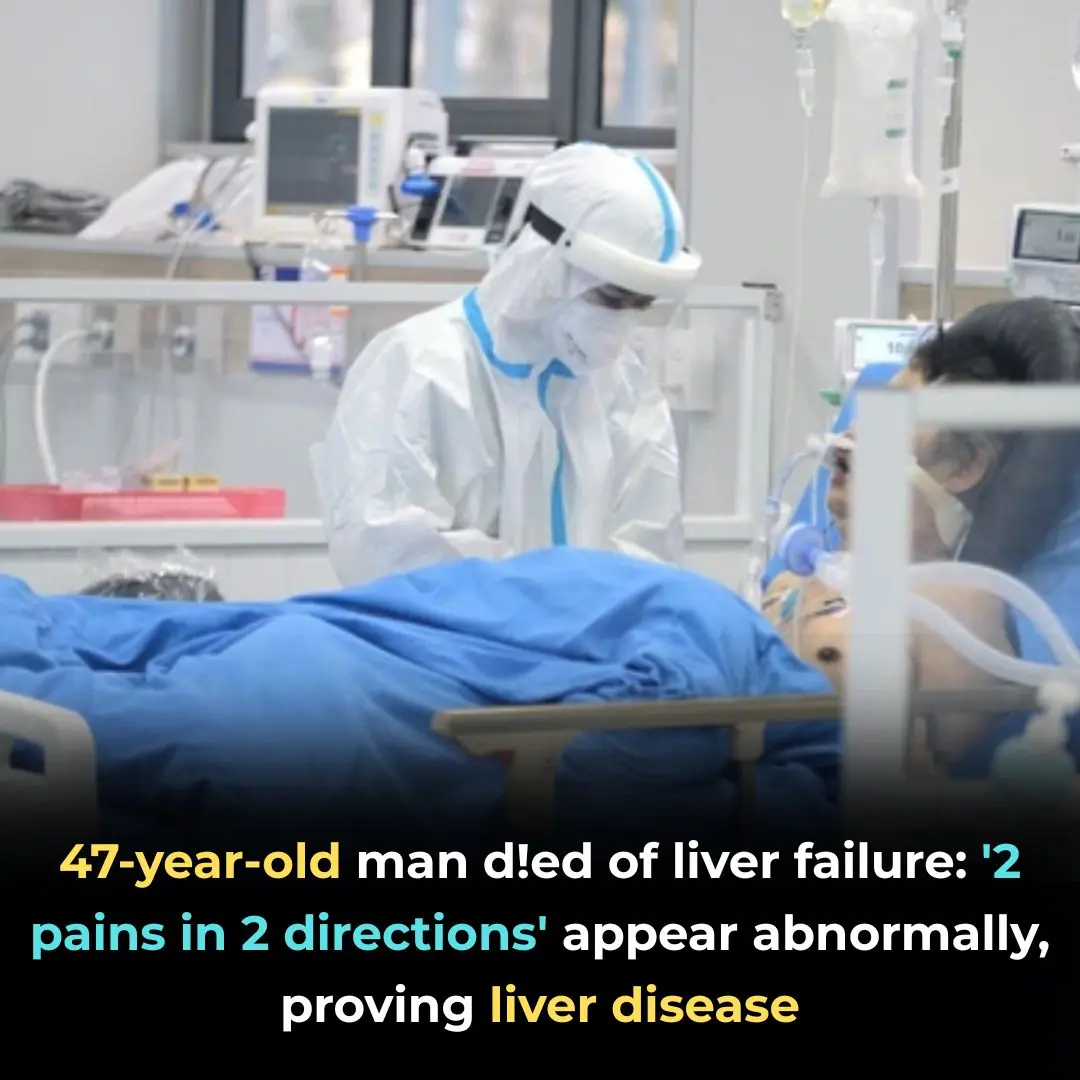
47-Year-Old Man Dies from Liver Failure: “Two Types of Pain, Two Types of Itching” Warn of Serious Liver Disease

Don’t Throw Away Your Empty Milk Powder Cans – Turn Them Into Useful Household Items

If Cancer Cells Are Developing in the Body, These 3 Nighttime Symptoms May Appear

Can you spot the hidden dog? Only people with eagle eyesight can!

Can you spot the book, egg, cup, and pillow?

Neem: An Ancient Plant With Potential Health Benefits – What Science Says

Doctors reveal that green broccoli causes...see more

Artery-Cleaning Foods: The One Meal Doctors Won’t Tell You About

The body will show 5 symptoms to remind you to eat less salt

5 foods that heal your body and STARVE cancer—eat these now!

Reverse diabetes and insulin resistance fast—4 hacks doctors don’t tell you!

This is Why You Always Wake Up in the MIDDLE of the Night (and how to make it STOP)

They were wrong about fasting — here’s what 30 hours without food really does to your body

You're doing it all wrong. Here’s the right way to store avocados

8 reasons why adding baking soda to your toilet tank is a must-do trick

You're doing it all wrong. Here’s the right way to store potatoes

Washing machine stays clean all year without scrubbing thanks to a common household liquid, saving millions every year 👇👇

Aster flowers, the 'miracle cure' hidden in roadside wild plants

A miracle will happen when you place a handful of pepper under your bed, too bad I just found out 👇👇👇
